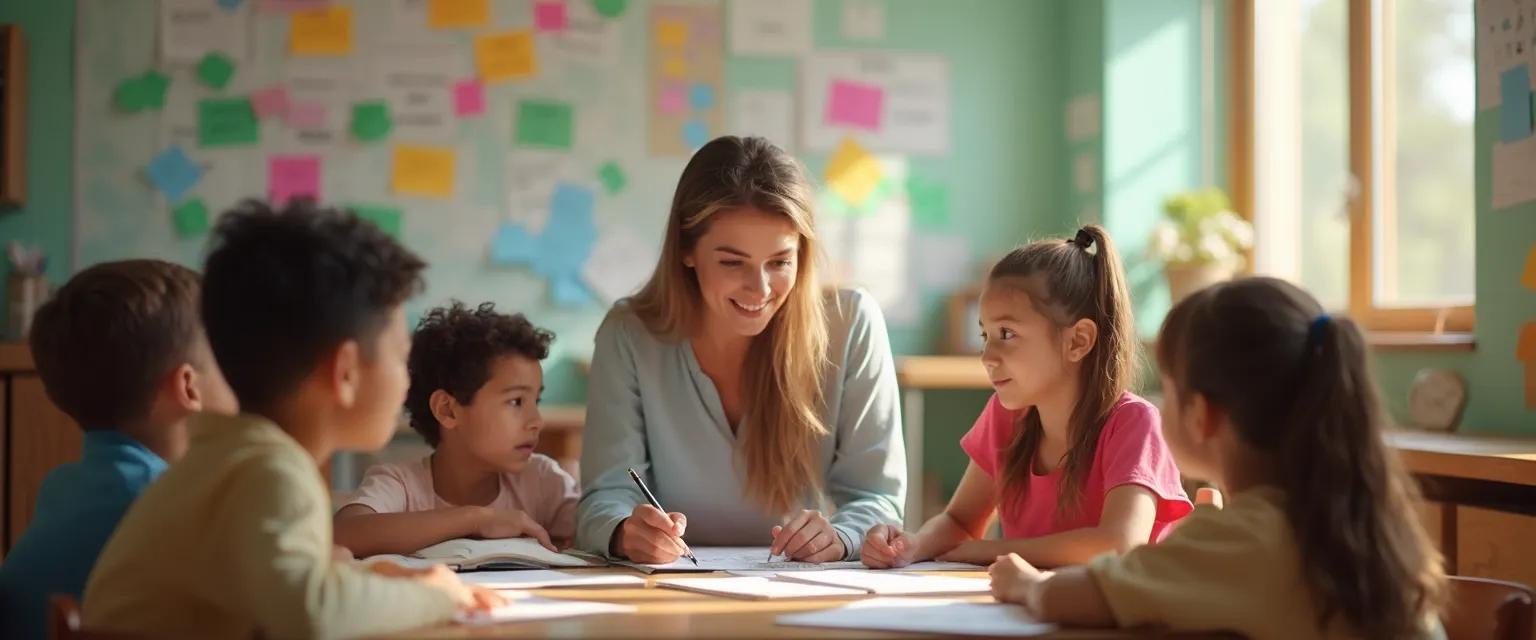7 Ways to Build The Trauma-Sensitive Classroom Through Compassionate Teaching
The trauma sensitive classroom building resilience with compassionate teaching has become increasingly essential in today's educational landscape. Students come to school carrying invisible emotional burdens that significantly impact their ability to engage, focus, and learn. When educators implement the trauma sensitive classroom building resilience with compassionate teaching practices, they create environments where all students can thrive, regardless of their past experiences. This approach recognizes that behind disruptive behaviors often lie unprocessed emotions that require understanding rather than punishment.
Research consistently shows that students experiencing stress management challenges struggle to access their executive functioning skills – the very abilities needed for academic success. By incorporating the trauma sensitive classroom building resilience with compassionate teaching strategies, educators create a foundation for both emotional and academic growth. These practices don't require specialized training or credentials – just a willingness to approach teaching with heightened awareness and compassion.
When implemented consistently, the trauma sensitive classroom building resilience with compassionate teaching techniques transform not just individual student experiences but the entire classroom dynamic. Students feel safer, more connected, and increasingly capable of managing their emotional responses to challenging situations.
Creating a Foundation for the Trauma-Sensitive Classroom with Compassionate Teaching
Establishing a solid foundation for the trauma sensitive classroom building resilience with compassionate teaching begins with predictable routines. When students know exactly what to expect, their brains can relax vigilance and redirect energy toward learning. Start each day with a consistent greeting ritual that acknowledges each student individually, signaling that they belong and are valued in the classroom community.
The physical environment plays a crucial role in effective trauma sensitive classroom building resilience with compassionate teaching practices. Create designated calm spaces where students can self-regulate when feeling overwhelmed. These areas should include simple self-regulation tools like stress balls, breathing guides, or calming visual cues. Position yourself where you can maintain visual contact with all students without looming over them, which can trigger defensive responses.
Strength-based approaches form another pillar of the trauma sensitive classroom building resilience with compassionate teaching methodology. Rather than focusing on deficits, intentionally notice and name students' strengths, efforts, and progress. This shift builds confidence and counteracts the negative self-perception many trauma-affected students develop. Create opportunities for success by breaking tasks into manageable chunks and celebrating incremental achievements.
Practical Strategies for Building Resilience in Your Trauma-Sensitive Classroom
Communication techniques represent some of the most powerful tools in the trauma sensitive classroom building resilience with compassionate teaching toolkit. Use a calm, measured tone even during challenging moments, as this helps co-regulate students' emotional states. Frame directions positively, telling students what to do rather than what not to do: "Please walk in the hallway" instead of "Don't run." This approach reduces defensive reactions and promotes cooperation.
Collaborative problem-solving empowers students while building critical life skills. When behavioral challenges arise, approach them as learning opportunities rather than disciplinary situations. Ask curious questions like "What happened?" and "What could help next time?" This approach teaches healthy feedback processing and develops students' ability to identify their needs and solutions.
Simple Mindfulness Practices for the Classroom
Incorporate brief mindfulness moments throughout the day to support self-regulation. These practices don't require special equipment or extensive time – just 30-60 seconds of focused breathing or sensory awareness can reset students' nervous systems. Begin transitions with a simple breathing exercise: "Let's take three deep breaths together before we move to our next activity." This creates natural pauses that help students maintain emotional balance throughout the day.
Body awareness exercises help students recognize and respond to their physical stress signals before emotional flooding occurs. Guide students to notice tension in their bodies and practice simple releases like shoulder rolls, gentle stretches, or progressive muscle relaxation. These techniques give students practical tools they can use independently when feeling overwhelmed.
The trauma sensitive classroom building resilience with compassionate teaching approach transforms education by addressing the whole child. When students feel emotionally safe, understood, and equipped with self-regulation tools, they can fully engage with learning. These seven essential practices create the conditions where all students can thrive, regardless of their past experiences. By implementing the trauma sensitive classroom building resilience with compassionate teaching strategies consistently, educators don't just improve academic outcomes – they help students develop life-long emotional resilience skills.




